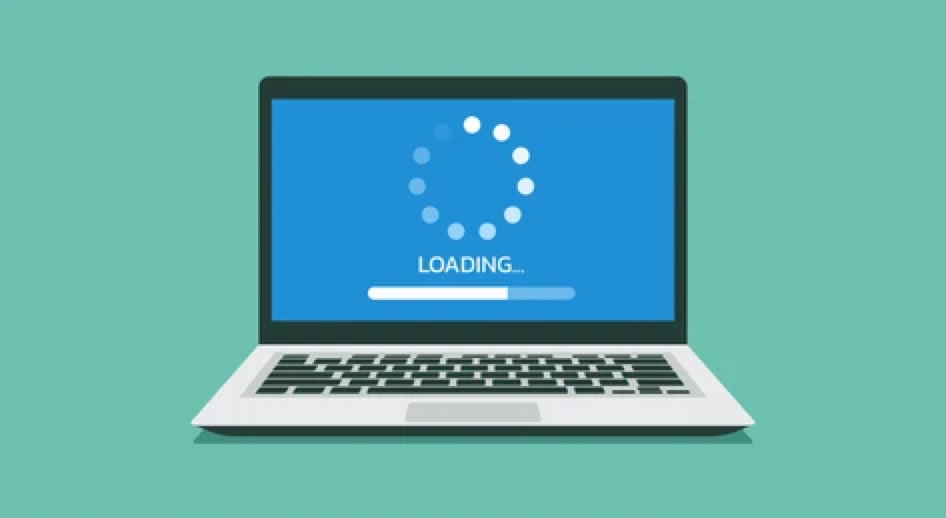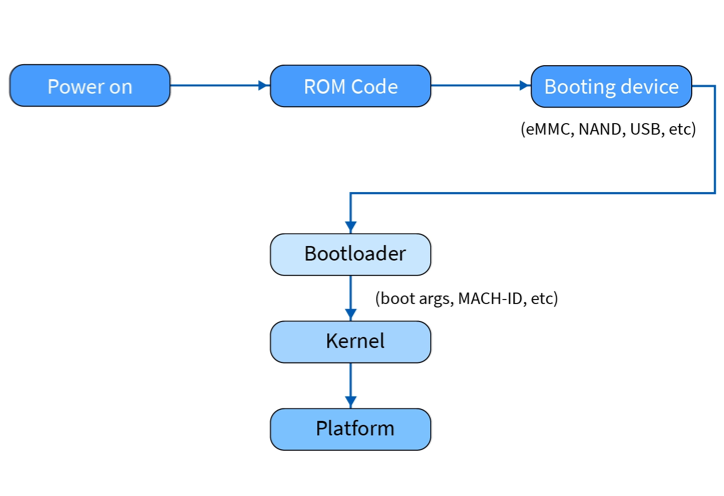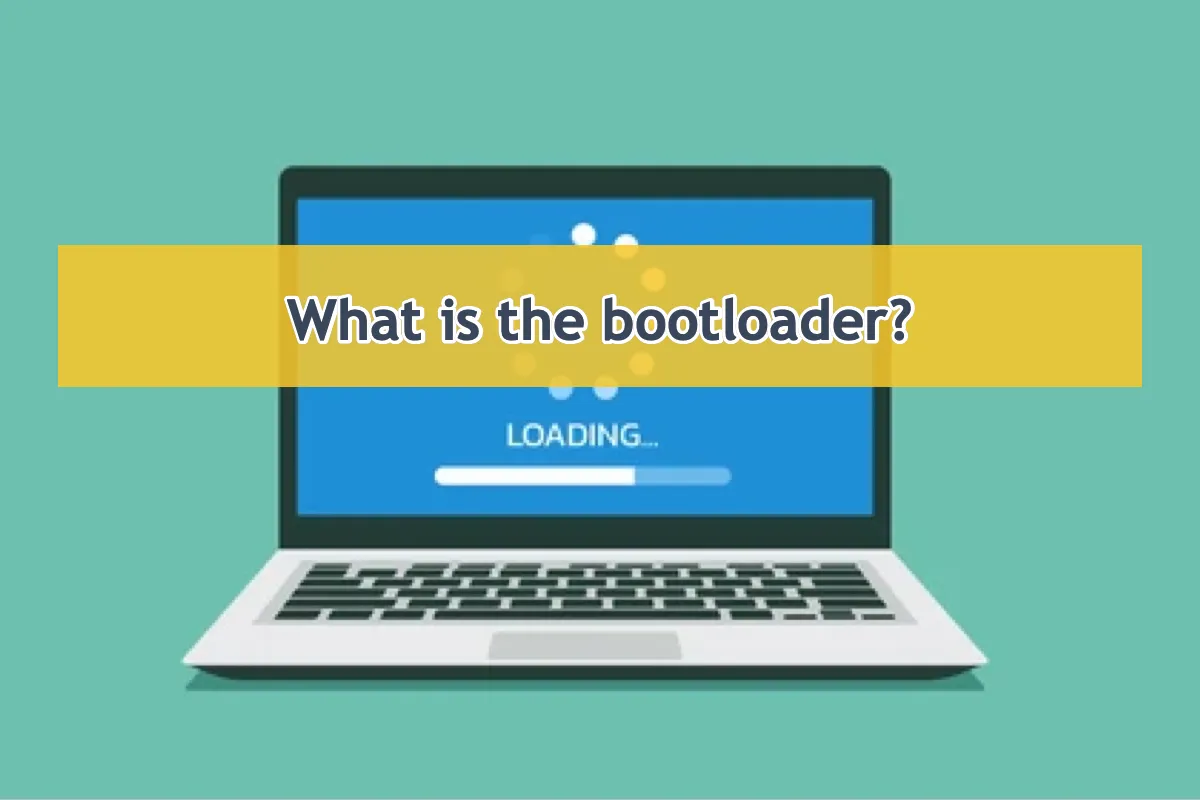You may have less knowledge of the bootloader yet you must know the operating system running on your computer, for example, the Windows operating systems like Windows 11, Windows 10, Windows 8, Windows 7, Windows XP, Windows Vista, and Windows Server. For macOS, there are loads of operating systems including the dropped, maintained, and latest versions like macOS Sequoia, macOS Sonoma, macOS Ventura, macOS Monterey, and so on.
The bootloader is a significant part of the operating system which boots up the machine to make it interact with users. Here, you will learn more about the bootloader including what the bootloader is and how it works, just begin reading if you're interested in it!
What the bootloader is?
When you boot up your computer, the operating system loads, and then you can log into the system and give your order, followingly, the OS will turn your order to the language recognized by the OS and complete it. In the whole process, the boot loader is the one that loads the operating system into the memory of your computer.
A bootloader, also spelled as boot loader or bootstrap loader, is a computer program that is responsible for booting a computer.

So, when we start the system, all the hardware components receive the power signal and get initialized. Now BIOS which is a basic input-output system will read the instructions and based on the instructions BIOS will look for a bootable device.
Once the bootable device is found, the BIOS loads the bootloader. The bootloader will load the operating system into memory. This entire process is called booting. Any kind of hardware device that contains the bootloader is called a Bootable Device.
If you're satisfied with this post answering the question of "What is the bootloader", please share it with more people on your favorite social platform!
How does the bootloader work?
How the bootloader works can be found in this image, and you can also read the text description below.

1. When we tap the power button of the device, the hardware components get initialized and we can view loads of information about the hardware of the system.'
2. The system's main memory is volatile, thus no content will exist in it. The first set of instructions, known as the BIOS, is retrieved from non-volatile memory, also known as ROM (Read Only Memory), to begin the execution.
A little application called BIOS locates the system's bootable devices, such as CDs, hard drives, and floppy disks.
3. Once the bootable device is found, BIOS searches for the Master Boot Record (MBR) which contains the bootloader.
4. If the MBR is found, BIOS will load the bootloader present in it.
5. From here on, the bootloader takes the control of CPU and loads the operating system into the main memory of our system.
6. Once the operating system is loaded into the main memory it takes control of the entire system.
Where is the bootloader stored?
Bootloaders are often stored in the first sector of a bootable disk called the Master Boot Record. So, anytime the BIOS discovers a bootable device, it simply reads the data stored in the first sector.
We can store some data unrelated to the loading of the operating system in the first sector of the bootable disk recognized by BIOS.
Since many game vendors store the code needed to launch the game in the bootable device's first sector, when the system boots up, BIOS searches for the bootable device. Since the bootable device now has the code needed to launch the game, the bootloader will launch the game's instructions rather than loading the operating system.
The bootloader is stored in two different ways. As a result of technological advancements, the bootloader is now found on a particular partition of the bootable medium in many systems, and BIOS is intelligent enough to recognize the bootloader's location.
We might be able to have many bootloaders. Certain systems feature a very small main bootloader whose sole purpose is to load the secondary bootloader. The operating system will be loaded via the secondary bootloader after it has been loaded.
Conclusion
This post guides you to know the bootloader comprehensively, including its definition, working pattern, and storage location. With it, we can confirm that you have enough knowledge of the bootloader, and then you can know the operating system principle better!
